For me, Facebook profile groups are a source of information, a way to stay connected with the woodworking industry. I am interested in the questions posted by those who encounter various problems or by beginners looking for solutions related to woodworking, joining and finishing, but especially in the answers received. Among them I have often found the recommendation that some of the members of the group, recognized by the others as specialists, should be asked. "Fane will fix you"Even silencing him led me to see who Fane is and why everyone is so convinced that he will solve the problem even before they know what it is. That's how I met Fane Pănăzan.
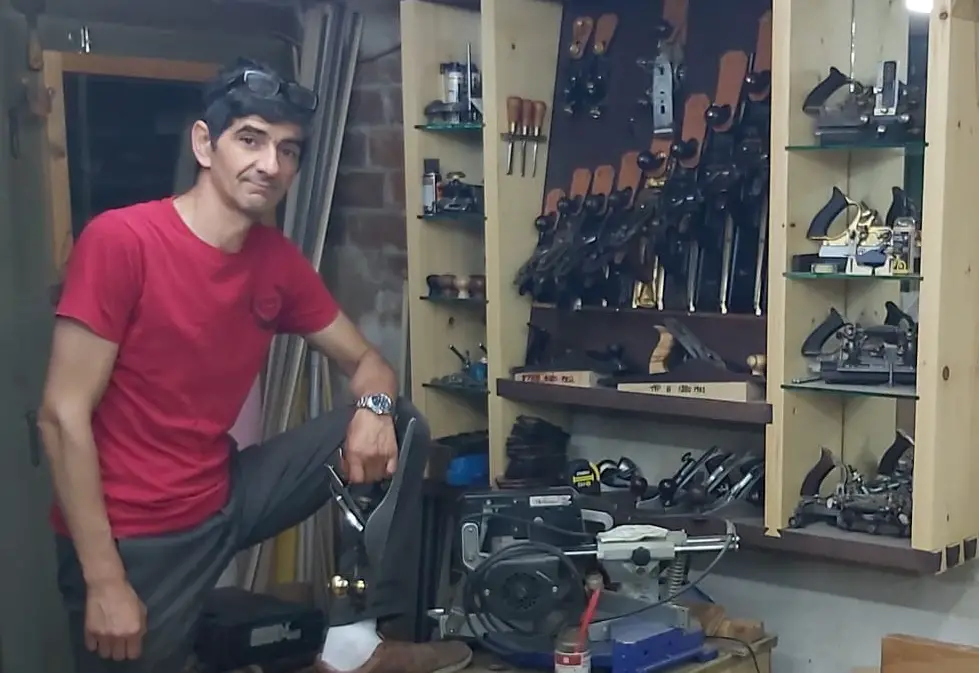
A character that deserve more audience
Known virtually because we haven't managed to meet yet. Long before contacting him, I appreciated the confidence with which he answered to those who asked, his knowledge of the behavior of wood in different situations, his original solutions, his passion for woodwork, but also the humor with which he defused small conflicts that arose in the Carpenters group, where he is also moderator. With time I realized that he is a skilled carpenter who has a lot to say, a craftsman from whom one can steal profession, in short a character that deserves a bigger audience. So I thought I'd contact him.
Among the good parts of social networking is that you can try to contact anyone, just as the person contacted can accept or not to be contacted. So, recently, I sent him a message saying that I'd been following him for a while and would like to chat, if he agreed. He accepted and we agreed to meet in the evening. The conversation that followed was a long talk about the past and present, about wood, wood paneling, and classic carpentry. I started a thousand topics and I don't think I finished any of them. His memories were triggering mine and vice versa, current stories intertwined with old ones, so it took another conversation to clear up at least some of them. Before the second call, I prepared well, wrote the questions with a dash in the margin, called and what do you think? I recounted everything and everything.
He learned his trade growing up in the workshop alongside his father
Fane Pănăzan is from Sibiu, is 50 years old and doesn't show his age at all. The workshop he inherited from his father is in the Gara Mica neighborhood. From his father he learned the secrets of the trade that now help him solve unsolvable problems for others. His father learned the modeling trade at the vocational school run by the High School Independence and worked on the platform for a long time. Now the platform Independence is a ruin. When they tore it down years ago, the father, along with a few former colleagues, broke in fraudulently just to retrieve a photo from the panel of honor. It was a photo of the 1961 generation of modelers. There were 33 in the class, 5 left. Fane's father's gone, too.

(After our talk, Fane went to Szabo Tuki - one of the few left alive - to talk about the past. It was a very emotional meeting, with tears and memories. The next meeting will be with all those who are left, at Fane's workshop).
The Independencefather specialized in metal and wood molds. The molds were unique, very difficult and went to factories all over the country and all over the world. The areas in which they were used were diverse so you had to know everything about the materials you were working with. To work wood well you had to know it better than a carpenter, to anticipate its behavior in different situations. That's how he became one of the best craftsmen.
Unfortunately, due to a family problem that required his presence at home for as long as possible, he had to leave the factory in 1974 and set up his own workshop. He was the first of his generation to have a workshop. At that time it was very difficult to be self-employed. You had to be affiliated to the craft cooperatives where you got different jobs. It wasn't easy, but he worked continuously and learned all the time in order to be able to do the most demanding work. In time he also built a house above the workshop, and Fane grew up with his father in the basement workshop.
No more work for pleasure, price and haste matter
Although he was more than ready, Fane belatedly got his carpenter's license. As his father had a workshop, the communist law allowed him to get the certificate, but they neglected to do so and in the 1990s the law was repealed. He had to take courses organized for the unemployed to get it. He didn't really understand what was going on there because he had learned carpentry with the Austrian names inherited from the old craftsmen, like all the carpenters in the area. At the end, everyone in the class presented simple works, joints made with hollow screws or nails, and he came up with a drawer with Hidden targets, i.e. with swallowtail joints. He admits he was a bit arrogant at the time and it cost him a bit, but in the end he got his certificate.
After his attestation he set up his own company and started to work a lot, special projects, important collaborations. He became at the topas he likes to say. He even made an iconostasis with Claudiu Buzdugathat made it to Boston. All done with hand tools and a MUT. Dorna 300, manufactured in 1986 and bought at auction in '92. Before that they had such a machine borrowed from the cooperative, but after the revolution they had to give it back. Because they needed the machine, they participated in an auction and bought the MUT which is still in the workshop. They paid 300,000 lei for it. "There was money for 3 Dacians back then!" It's in very good condition even now, solid and strong. He also has a lathe in his workshop that can machine large diameter workpieces up to 2m, made by his father. Fane made small safety improvements at the suggestion of a friend and now it works perfectly.
Gradually, he stopped working on big projects that he managed directly. Discussions started to be more and more about money, everything had to be done as quickly as possible and so the pleasure of working disappeared. Now she works less and avoids working for the end client. He works with friends, other carpenters, designers. Lately he's been working a lot with Vali Oltean, a well-known designer from Sibiu. He is calmer and devotes more time to his passions and family.
More expensive wood is cheaper than cheaper wood
I ask him how he deals with wood, where he buys cheap wood. "Expensive wood is cheaper than cheap wood", comes the answer. He tells me that he also proved to a good friend, a carpenter himself, that it is better to buy quality wood, even if it is more expensive. Quality wood is graded, straightened, eliminates many of the operations needed to bring a wood to a workable and finished state.
Fane only works with wood. Very rarely, when his friends ask him to, he repairs a piece of furniture made of chipboard. The joints are also made of wood. He used to tell me that in the past, a representative of a company in the USA asked for samples of coffins made only of wood. The coffins were to be burned, and the requirement was that they should not give off any fumes and that no metal should be left after burning. Of all those who showed up, only the coffin they made was all wood. The others had a staple, a screw, but nothing. In the end, when it came time to sign the contract, they realized that the American company wanted a quantity far beyond their production capacity and they gave up.
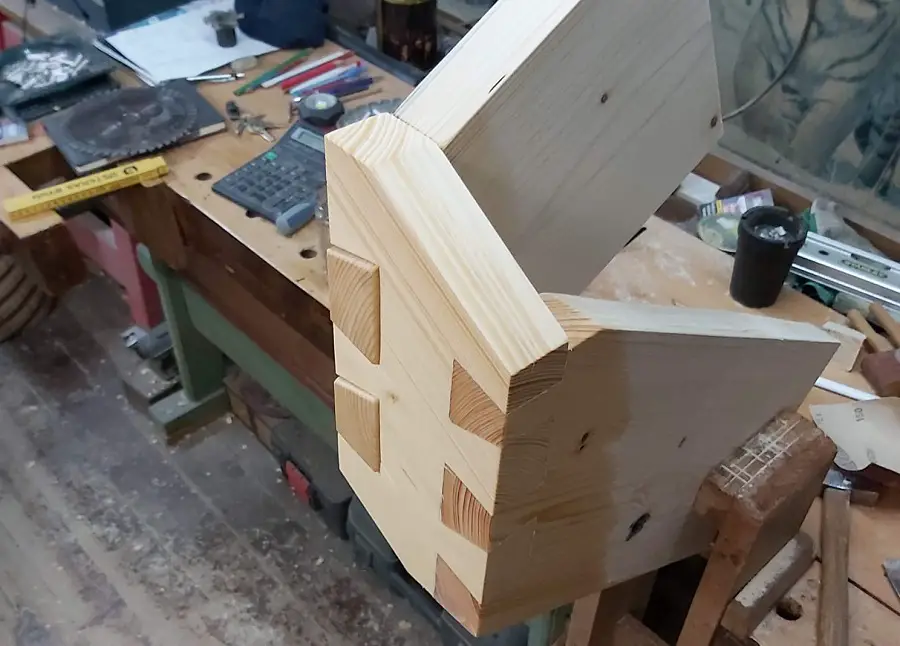
The pleasure of working with friends in the guild
He tells me that sometimes he's mean and arrogant, maybe that's why he's harder to work with clients. I contradict him by telling him that, from what I've seen in the groups, he helps everyone who has problems, who asks for help. He admits that he likes to help, to teach those who want to learn classical carpentry, the kind done with a saw, chisel and chisel. He taught two of his groupmates how to make wooden stairs with a center spindle by making live on messenger while working on such a ladder.
He recognizes that he learns from others. Radu Vădanfrom Cluj, saw him working on the lathe and taught him how to make it safer and easier. He also turned to Radu when he wanted to buy some more expensive chisels without his wife's knowledge. I understand that this is a common practice among carpenters, who spend large sums on high-performance or rare, collectible tools. They turn to each other to buy them, and escape the reproaches of their wives, who then don't know how much they've spent on the tools. (Don't throw stones, I'm allowed to give from the house 🙂
His collection of rendele Stanley (Stanley planes) is another topic being discussed in groups. He has been collecting the rinks by buying them at auction in the US, UK and Romania. He bought all the numbers, from 1 to 11, but number 1 has not arrived yet. She's expecting it in two weeks. On Sundays she usually goes to the workshop to polish and sharpen them. Then she posts videos on Facebook and makes you sick all craftsmen. She recently posted a video of translucent veneer cut from a piece of wood with one of the edges freshly sharpened.
At the rindele, it gets on best with Lucian Todor. He's also very passionate, even if he's not a carpenter. He also comes to him when there's something to buy in secret. Well, who could understand him better, they share the same passion.

Carpentry classes with friend from the Oak Tower
The pleasure of sharing what he knows has given rise to Oak Tower, a new Facebook page that aims to present instructive video material, made together with Mihai Ursu (Creative Bear), a good friend and collaborator. He films the work step by step, explaining where problems arise and what needs to be done to fix them.
This year they also started to run work-shops with physical attendance. They had one free and one paid. Demand is high, there is a lot of interest. Business owners who want to learn the secrets of the trade have also come to the courses.
"In the first course we showed them how to master tools and machinery if hazards arise during woodworking. You need to know how the wood reacts in different situations, how to grip it so you don't hurt yourself. I want to teach them how to work with a saw, chisel and chisel, how to cut the current when it's running. All done by hand, no machines."
Some company managers would like to have such courses held in their locality so that they could send all their employees. But this is difficult and for the moment they prefer to hold the courses in their workshops in Sibiu.

With Fane you can talk for hours and still not cover everything you wanted to ask at the beginning. He's got lots of stories, he moves quickly from one topic to another, he's humorous and likeable. But most of all he knows his stuff and likes to teach others. In my opinion, this is his greatest quality. Fane, nice to meet you!
























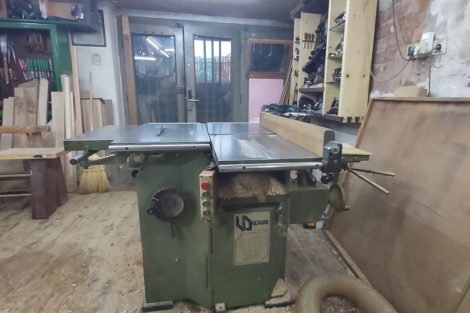

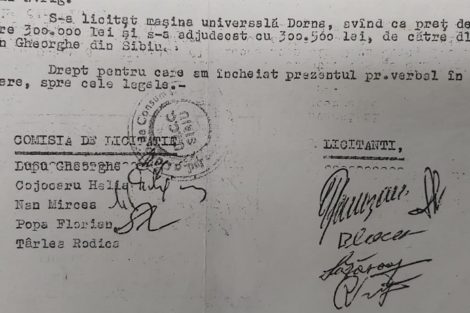


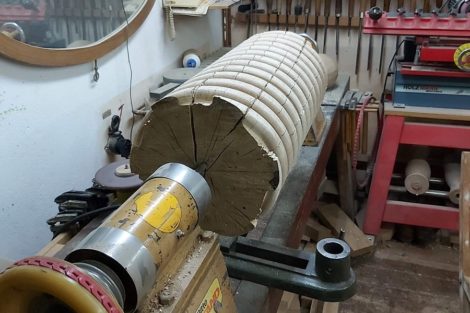
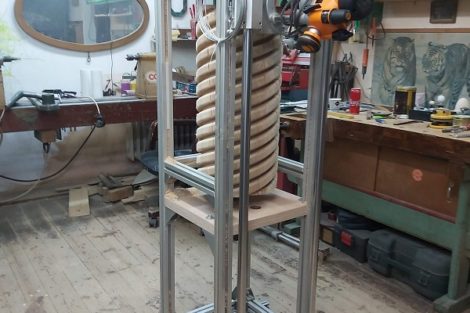
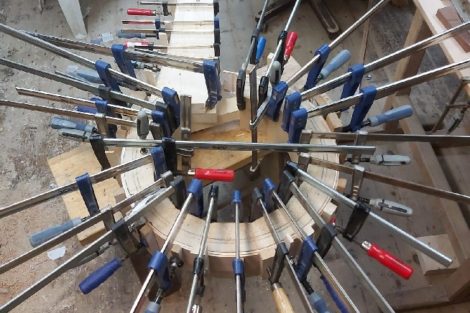
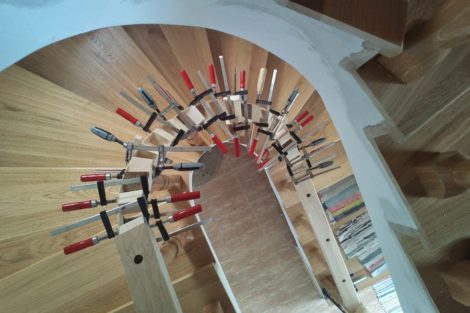
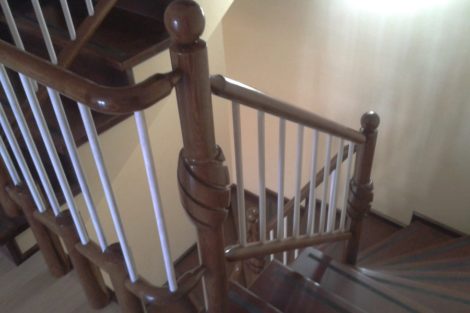
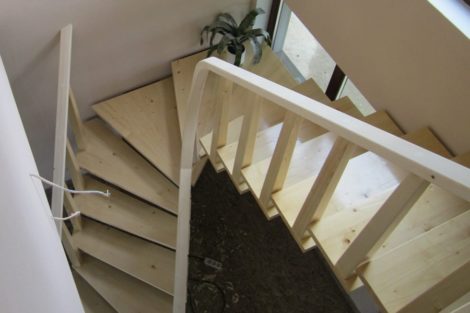


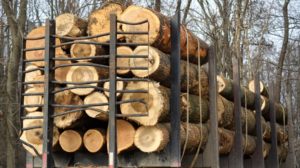
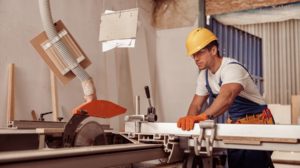
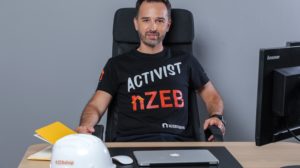

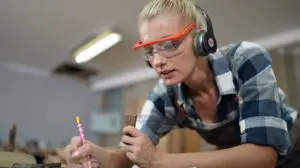
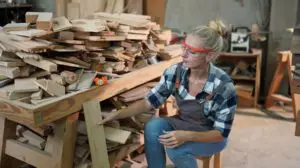
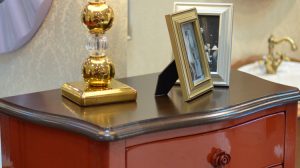



Bravo! Congratulations! I have an immense joy to see that there are still such craftsmen passionate about what they do! I thought they had all disappeared abroad. Congratulations for promoting them!
Thank you! Others will follow.
A very interesting article!